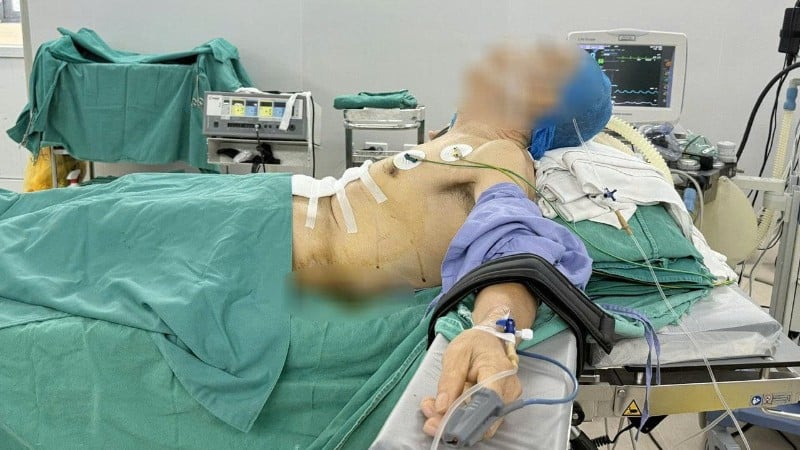
Patient D.VC (72 years old, in Hanoi ) was diagnosed with poorly differentiated adenocarcinoma of the stomach, the tumor had invaded the serosa, blood vessels and nerves. The radical treatment solution was partial gastrectomy with lymph node dissection.
However, the biggest challenge is that the patient has severe scoliosis (back bent nearly 90 degrees), is weak, and weighs only 45kg. Spinal deformity not only causes difficulty in the surgical position but also poses many potential risks in anesthesia and resuscitation.
Specialist II Doctor Ha Kim Hao, Head of the Department of Anesthesia and Resuscitation, shared: "Normally, the standard position for intubation is lying on the back. But this patient can only lie on his side, not completely on his back. We were forced to choose a half-lying-half-sitting position for anesthesia and intubation. This is a rare position, requiring high technique and support from an intubation lamp with a camera screen and many backup plans for difficult airways."
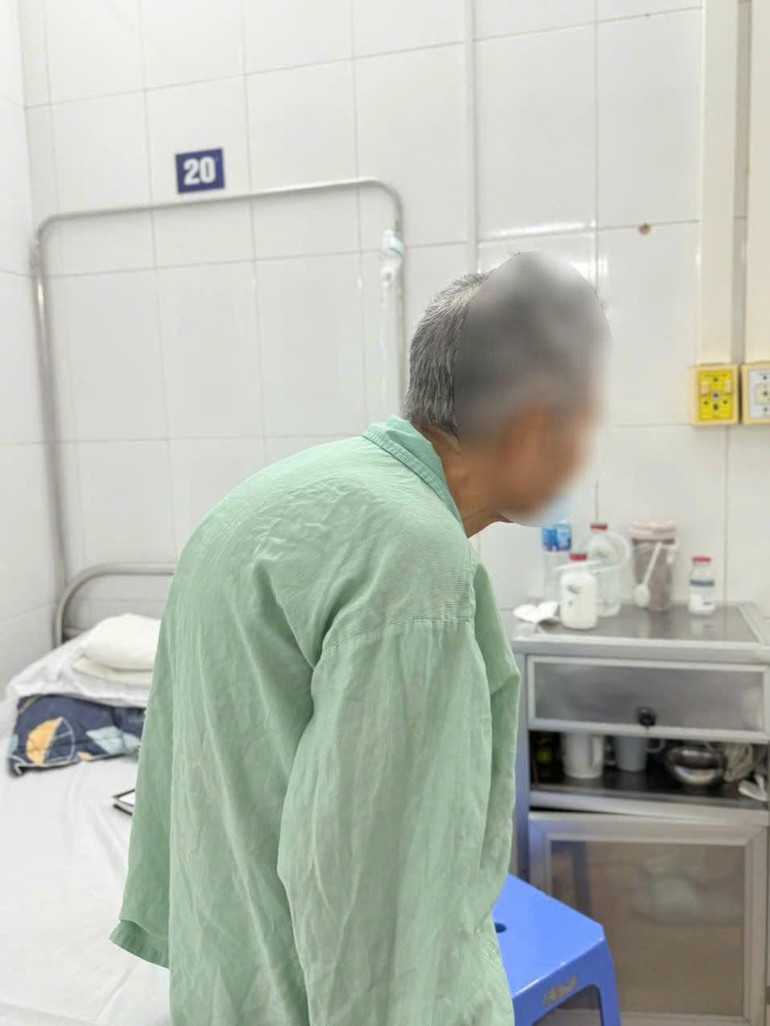
During the surgery, the patient's respiratory and hemodynamic parameters are closely monitored, and optimal oxygen is maintained. After surgery, the patient is sedated and placed on a ventilator until fully awake and breathing well before the endotracheal tube is removed. Postoperative pain relief is provided by epidural anesthesia, which helps the patient breathe deeply, cough well, and reduce the risk of respiratory complications.
In cases where the tumor has invaded beyond the serosa and invaded the neurovascular system, radical lymph node dissection and near-total gastrectomy are necessary to reduce the risk of recurrence.
The surgery lasted more than 2 hours, with smooth coordination between the surgical team and anesthesia-resuscitation, the surgery was successful, the patient was safe, and recovered well after surgery.
Gastric cancer surgery is a complex major surgery with a high risk of complications, especially in elderly patients with weakened physical condition and anatomical deformities. This case confirms the key role of anesthesia and resuscitation, not only in “paving the way” for the surgeon, but also in determining the safety and success of the surgery. The careful preparation, proficient skills and sense of responsibility of the medical team helped overcome the seemingly impossible challenge, giving the patient a chance to live.
Source: https://nhandan.vn/ca-phau-thuat-dac-biet-cho-benh-nhan-ung-thu-da-day-lai-gu-veo-cot-song-nang-post902436.html




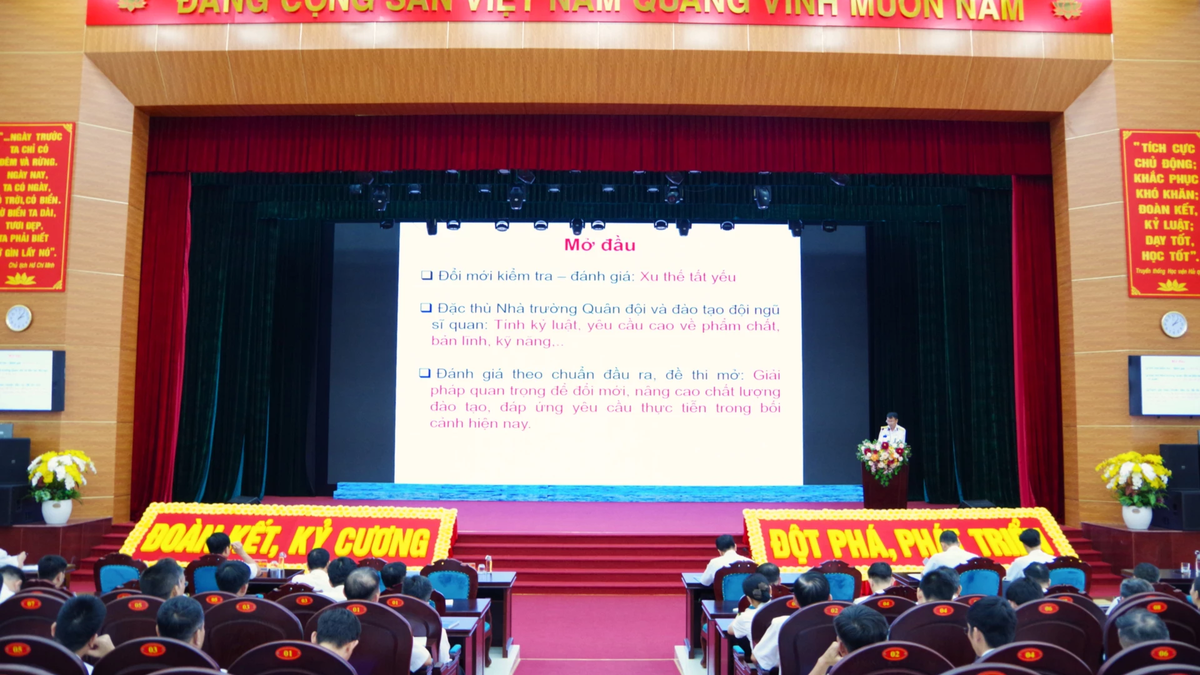
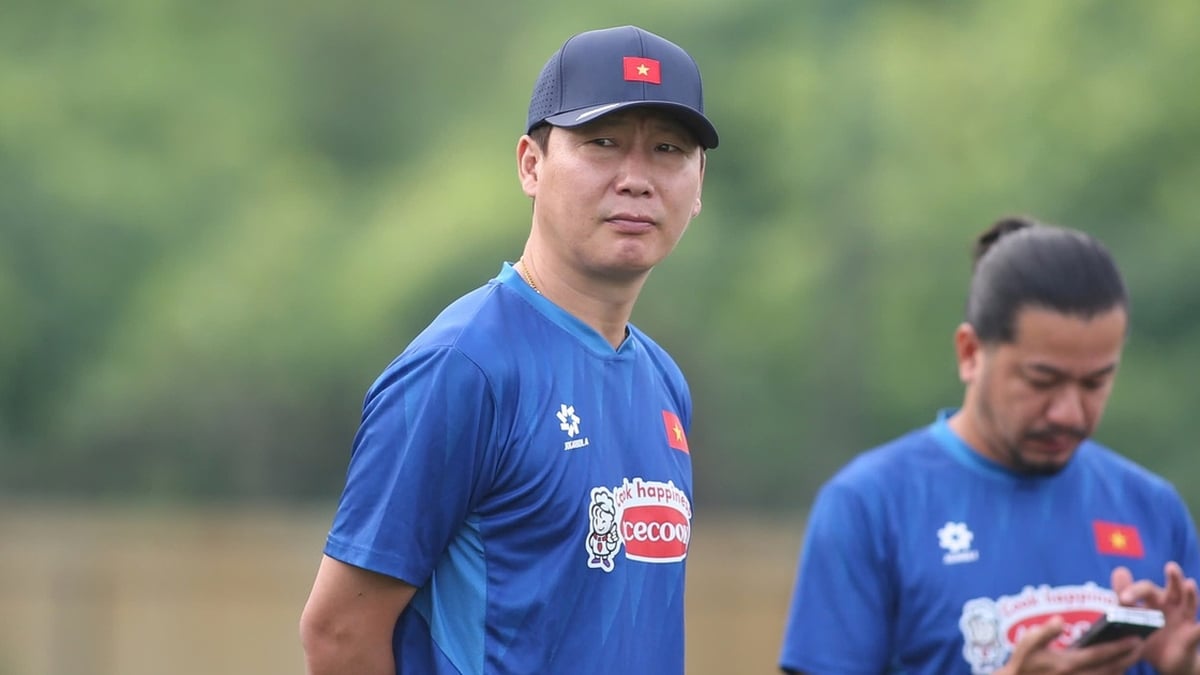

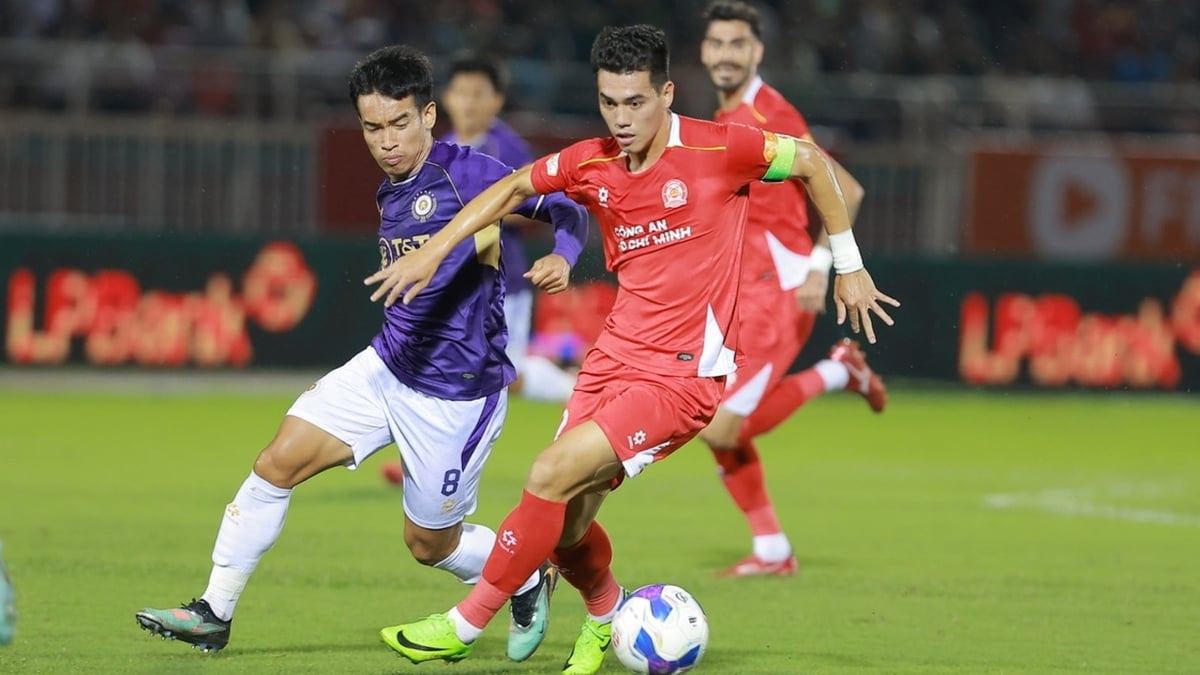

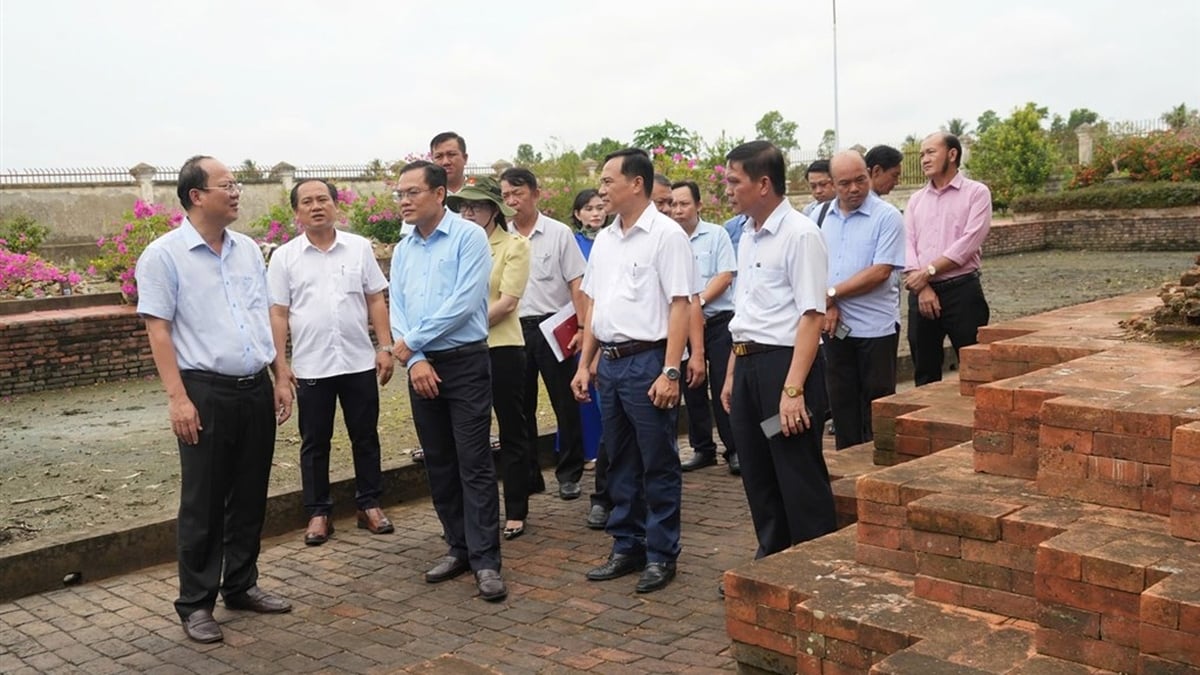

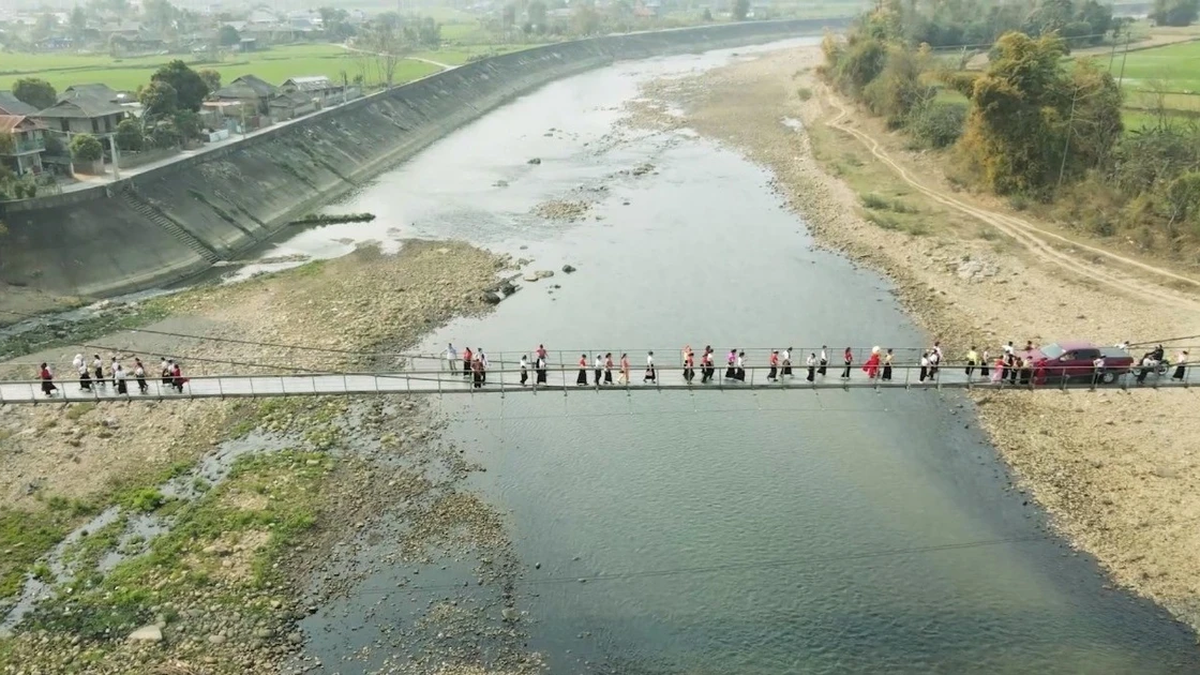
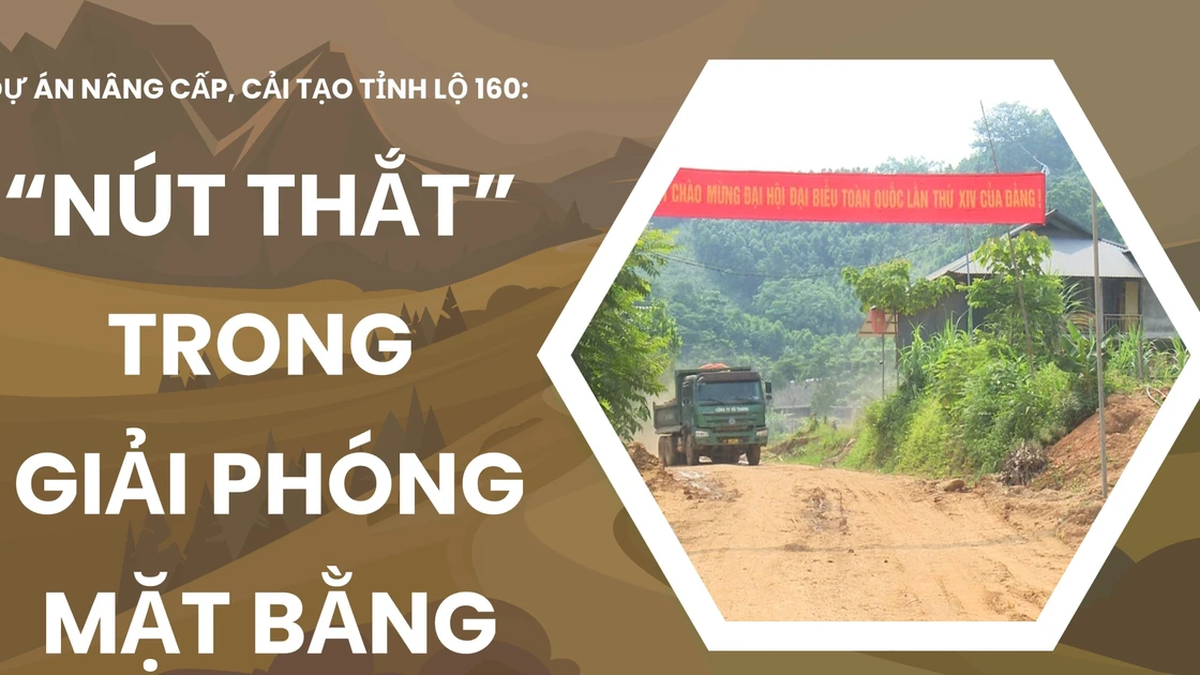


















![[Photo] An Phu intersection project connecting Ho Chi Minh City-Long Thanh-Dau Giay expressway behind schedule](https://vphoto.vietnam.vn/thumb/1200x675/vietnam/resource/IMAGE/2025/8/21/1ad80e9dd8944150bb72e6c49ecc7e08)










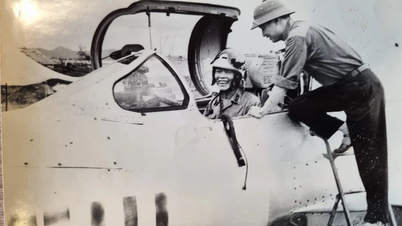

















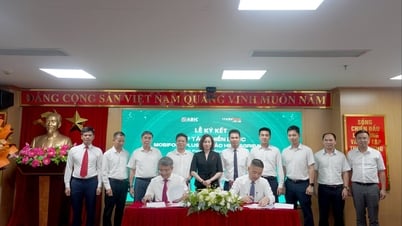




![[Photo] Politburo works with the Standing Committee of Hanoi Party Committee and Ho Chi Minh City Party Committee](https://vphoto.vietnam.vn/thumb/402x226/vietnam/resource/IMAGE/2025/8/21/4f3460337a6045e7847d50d38704355d)






























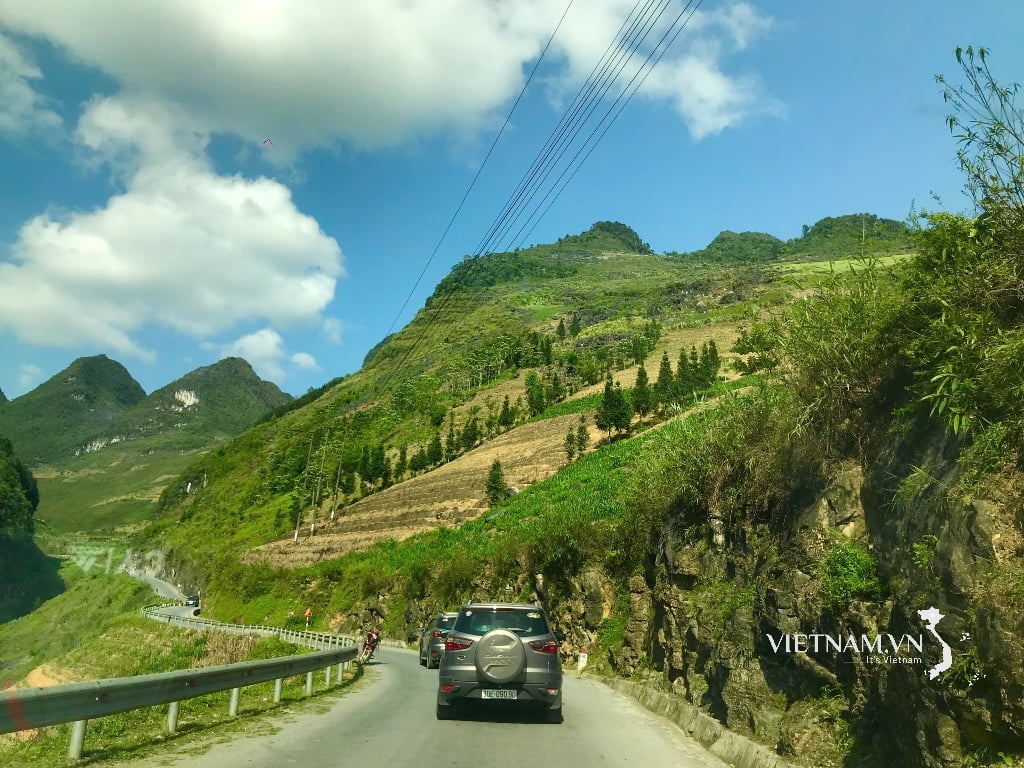


Comment (0)